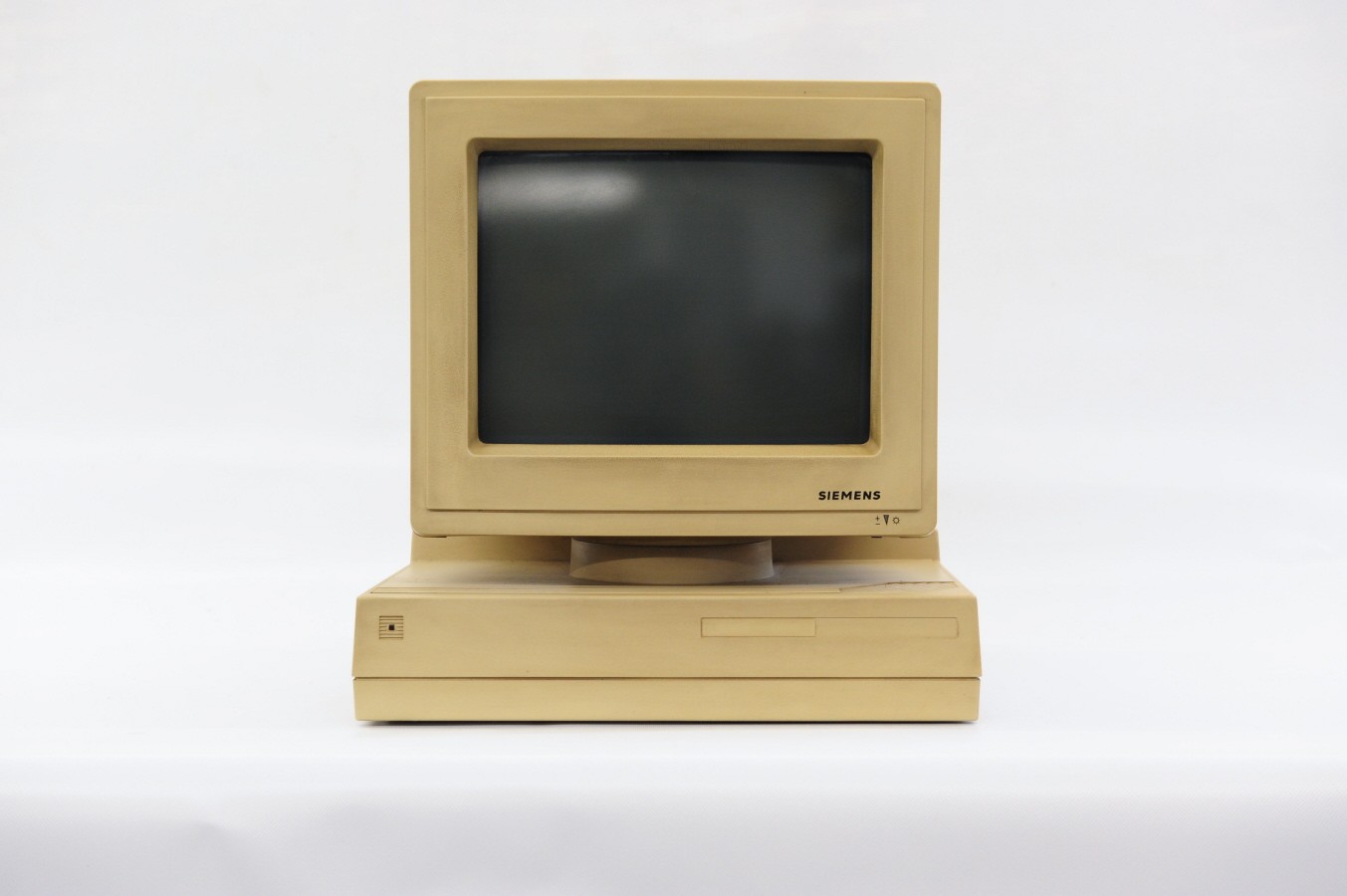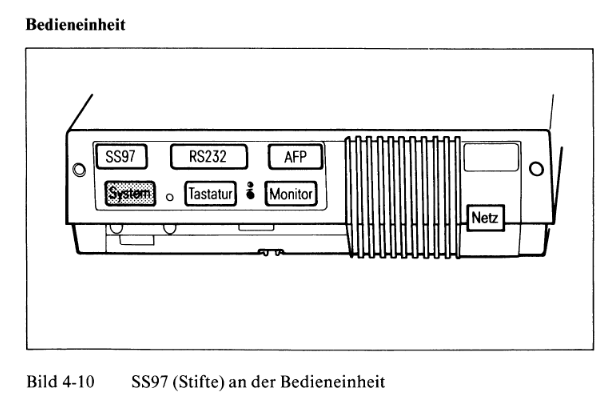I happen to have a Siemens terminal,
Let me guess, a 97801? :))
and it seems its interface with the computer is not a more common RS-232, but something called SS97.
SS97 stands for Schnittstelle (interface) System 97 ... note the first two digits of the terminal number? It was introduced around 1978 to replace a prior proprietary interface (SS81) used with mainframe terminals to connect printers, floppies or other local extension like bar code readers, magnet card readers, special keyboards or OCR reader.
SS97 is implemented as a V.11 of the EIA-422 kind. So a quite standard asynchronous serial using differential transmission.
Differential transmission was chosen to allow cable distances common in an office setup. Siemens guarantees up to 60 meter in standard environment.
Is it an official de-jure standard that's documented somewhere?
It's plain serial, no hidden tripwires. Well, there are a few details on the host side, differing between console and user terminal as well as terminal and other peripherals, but none may really matter if you just want to connect a terminal to some serial.
As mentioned, speed is usually 38.4 kBit/s. Data is 7N1 or 8N1, depending on model - just use 8N1. Connector is a DE9. Pinout:

From a Comment
The only thing that looks like a model number is the S26231-K164-V1 on the back of the main unit
The S number is a Sachnummer (Item Number).
- S26361 marks it as a PC product, while
- K164 is the exact model and
- V1 a version (seldom used)
(the 97801 seems to have the brains inside the monitor case)
Huh? All (standard) Sinix Terminals are 97801. Differences are noted in a trailing code, like 97801-301 or -305, etc.
The K164 is according to a list I have a 97801-370. A somewhat unusual one as it got no CRT, but is to be used with an external screen in a BTX setup. Usually as page edit workstation.
I ordered a converter (easier than building one)
You still may have to solder the connector and fix some of the other signals (see above). Since the differential drivers converters are dedicated chips it might as well be possible to pick up TTL signals right from the UART.
and I hope I didn't fry the interface by connecting an RS-232 to it.
Usually not.


